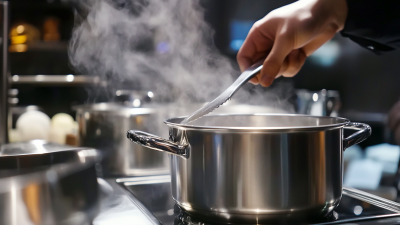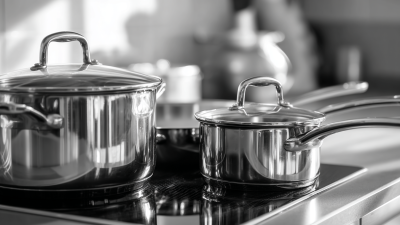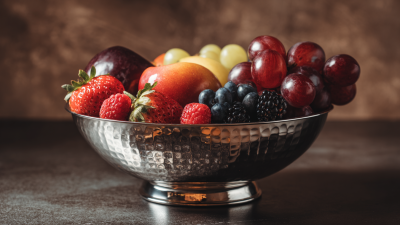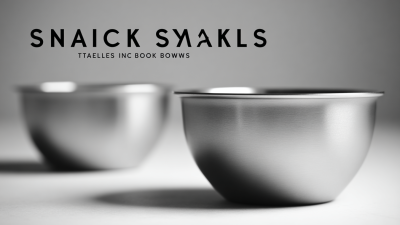Choosing the right cookware is essential for both home chefs and culinary professionals alike, and the Stainless Steel Cooking Pot is a staple that combines functionality with durability. According to a report by the Freedonia Group, the global market for cookware, including stainless steel options, is projected to reach $24 billion by 2025, highlighting the growing demand for high-quality kitchenware.
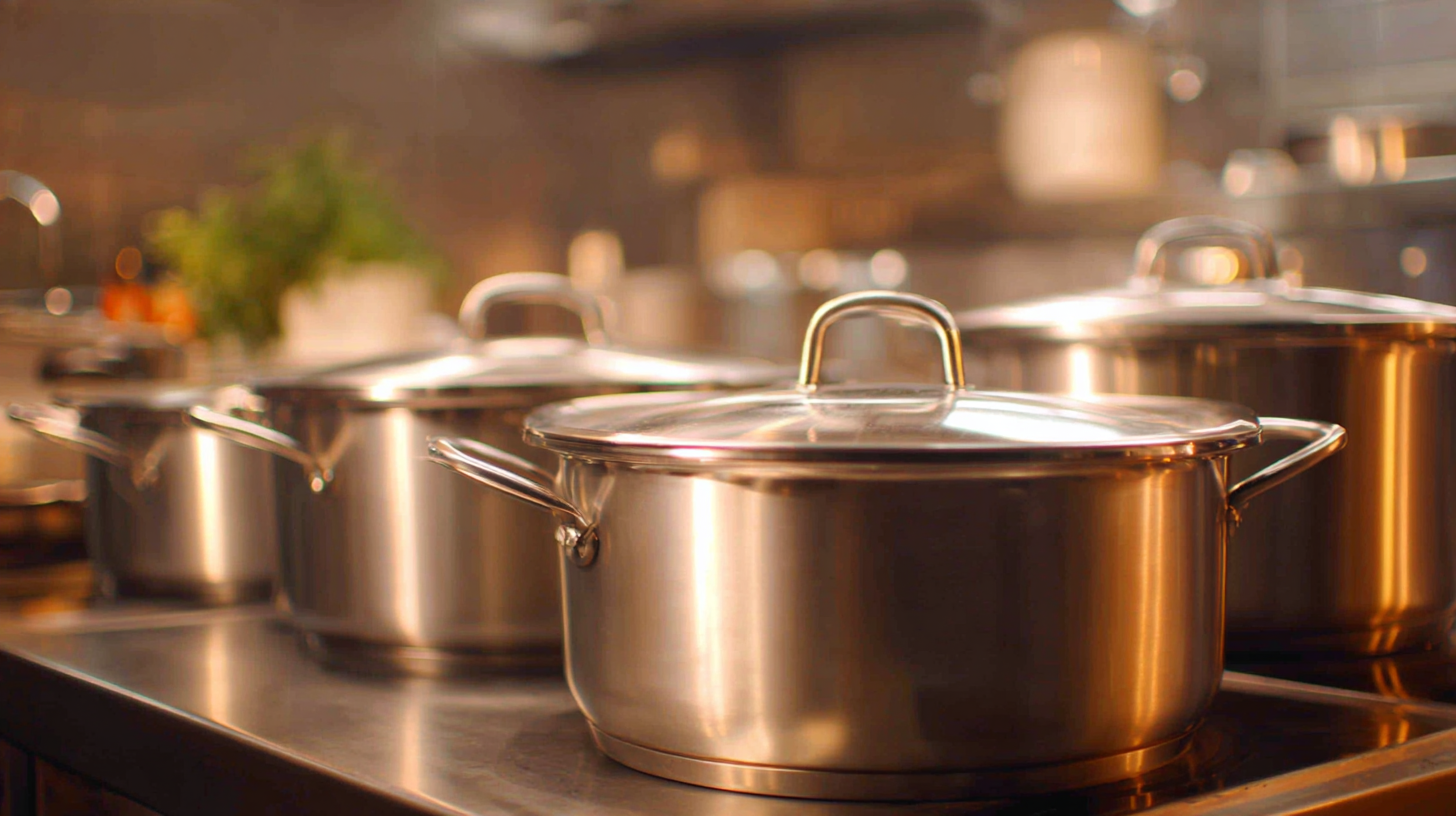
Stainless steel pots are favored for their excellent heat conductivity, resistance to rust and corrosion, and versatility across various cooking methods. However, with numerous options available, it can be overwhelming to identify the perfect stainless steel cooking pot that meets specific culinary needs. This guide aims to simplify that process, offering insights into key features, benefits, and considerations to ensure that every kitchen is equipped with a cooking pot that enhances both cooking performance and longevity.
When selecting a stainless steel cooking pot, it's essential to understand the different types available on the market. The most common types are tri-ply, single-ply, and multi-ply pots. Tri-ply pots, for instance, feature three layers of metal, typically stainless steel on the outside, aluminum in the core for even heat distribution, and stainless steel on the interior. This construction allows for excellent cooking performance, making them a favorite among both home cooks and professional chefs.
Single-ply pots, while often more affordable, can sometimes result in uneven heating, leading to hot spots during cooking. These pots are ideal for straightforward tasks like boiling water or simmering soups. On the other hand, multi-ply pots offer the benefits of tri-ply construction but with additional layers that enhance durability and heat retention. Understanding these differences will help you choose a pot that suits your cooking style and needs, ensuring that each meal is prepared with precision and care.
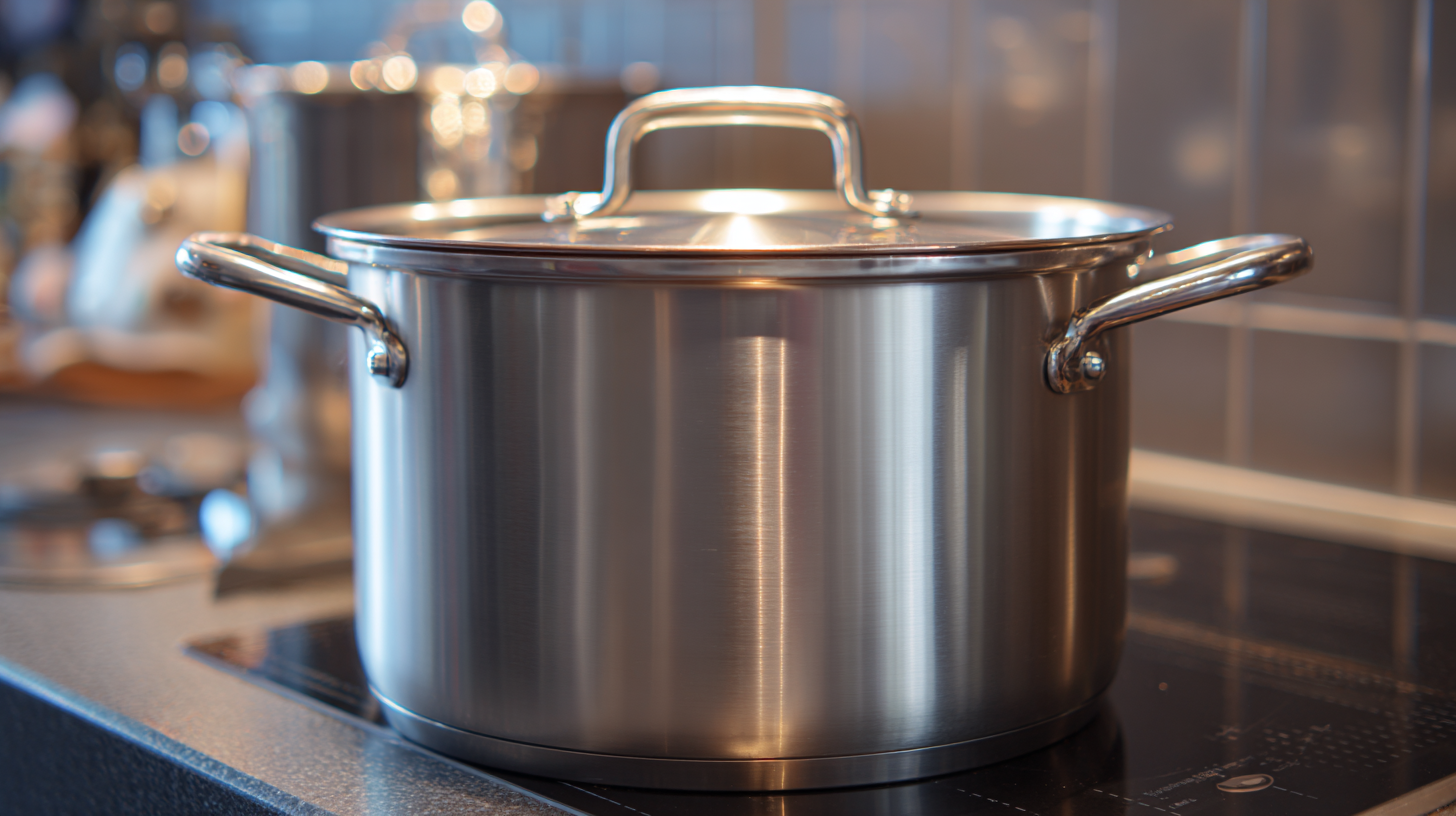 When choosing a stainless steel cooking pot, it's essential to focus on
key features that ensure quality and longevity. First, consider the
gauge of the stainless steel. Thicker gauges provide better heat distribution and are
less prone to warping, making them ideal for high-heat cooking methods. Look for pots made from 18/10 stainless steel,
which contains 18% chromium and 10% nickel, offering excellent resistance to rust and corrosion while maintaining a
brilliant finish.
When choosing a stainless steel cooking pot, it's essential to focus on
key features that ensure quality and longevity. First, consider the
gauge of the stainless steel. Thicker gauges provide better heat distribution and are
less prone to warping, making them ideal for high-heat cooking methods. Look for pots made from 18/10 stainless steel,
which contains 18% chromium and 10% nickel, offering excellent resistance to rust and corrosion while maintaining a
brilliant finish.
Another vital feature is the pot's construction. A pot with an aluminum or copper core sandwiched
between stainless steel layers enhances heat conductivity, allowing for even cooking without hot spots.
Additionally, ergonomic handles that remain cool during cooking and a tight-fitting lid will enhance usability
and efficiency. Finally, ensure the pot is compatible with your stove type, whether it’s gas, electric, or induction,
to optimize performance in your kitchen.
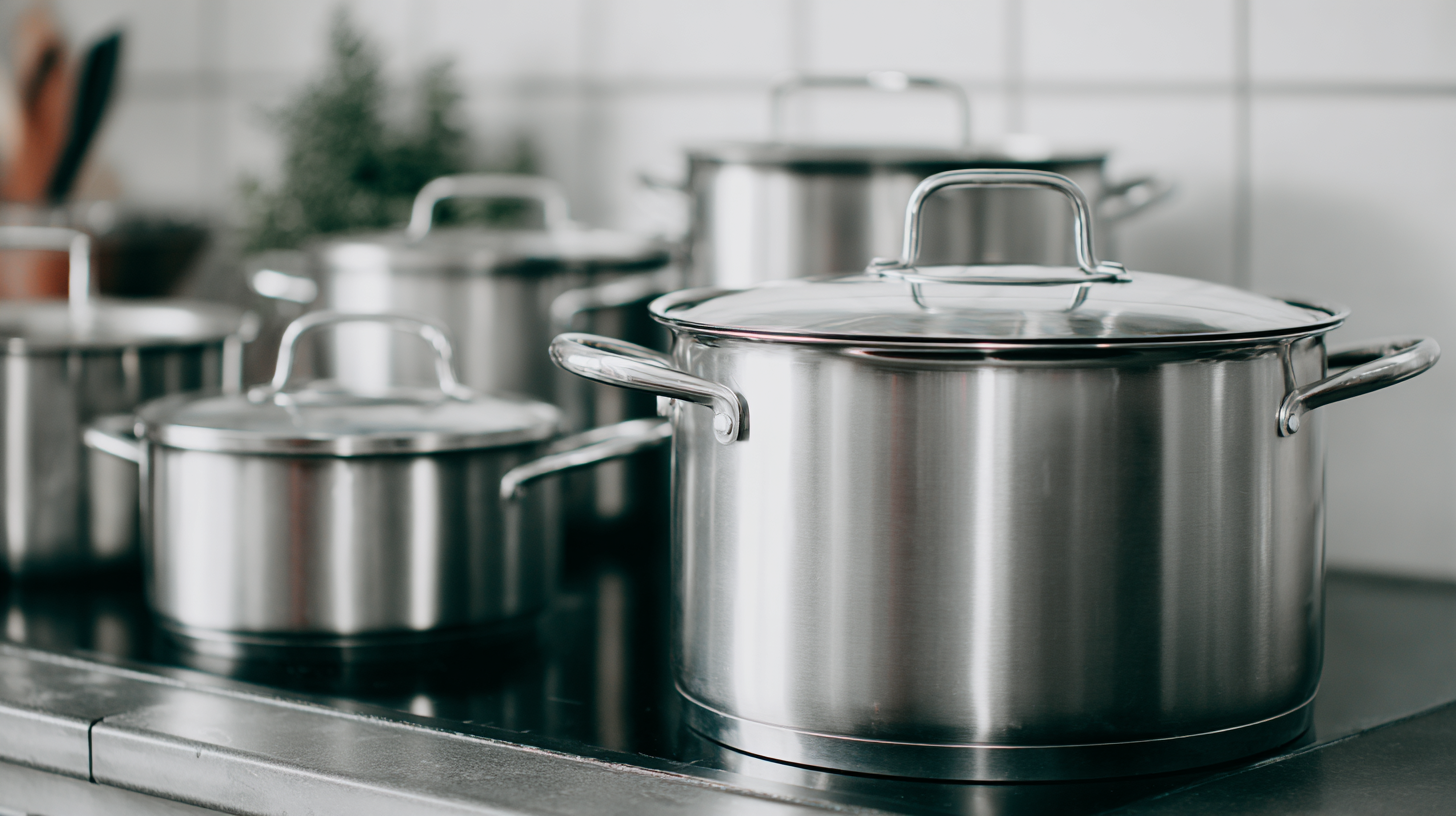 When choosing the perfect stainless steel cooking pot for your kitchen, evaluating size and capacity is essential to meet your cooking needs. A well-sized pot can make a significant difference in how efficiently you prepare meals, whether you’re simmering a hearty stew or boiling pasta. It's important to consider not just the volume of food you typically cook but also the number of people you usually serve. For most households, a pot with an eight-quart capacity is an excellent middle ground, providing enough space for larger batches without being too cumbersome for everyday use.
When choosing the perfect stainless steel cooking pot for your kitchen, evaluating size and capacity is essential to meet your cooking needs. A well-sized pot can make a significant difference in how efficiently you prepare meals, whether you’re simmering a hearty stew or boiling pasta. It's important to consider not just the volume of food you typically cook but also the number of people you usually serve. For most households, a pot with an eight-quart capacity is an excellent middle ground, providing enough space for larger batches without being too cumbersome for everyday use.
Tips: When selecting your pot, think about your specific cooking style. If you often cook for family gatherings, opt for a bigger pot to accommodate larger quantities. Conversely, if you're cooking for one or two people, a smaller pot may be more practical. Additionally, consider the weight and ease of handling the pot, especially when it's filled. Look for features like ergonomic handles for better grip and stability.
Another aspect to consider is the material’s heat conductivity. Stainless steel is known for its durability and resistance to corrosion, but not all pots distribute heat evenly. It might be beneficial to choose a pot with a copper or aluminum core for improved heat distribution, ensuring your meals are cooked evenly. By evaluating these factors, you can choose a stainless steel cooking pot that suits your kitchen and enhances your culinary experience.
When it comes to selecting the ideal stainless steel cooking pot, comparing prices and brands is crucial for securing the best value for your kitchen. Many reputable brands offer stainless steel pots, each with different price points and features. It is vital to examine not only the initial cost but also the longevity, performance, and warranty that come with the product. Brands like All-Clad, Cuisinart, and Calphalon are popular among home chefs, but depending on your budget, there are also less well-known brands that can provide quality at a lower price.
Additionally, it’s important to evaluate how often you cook and the types of dishes you prepare. If you're a casual cook, a budget-friendly option might suffice. However, for those who often utilize their cooking pots for various culinary tasks, investing in a higher-end brand might yield better long-term results, as these typically offer superior heat distribution and durability. Taking the time to compare features, reviews, and prices can significantly enhance your cooking experience without overspending.
| Pot Type | Size (Qt) | Material Thickness (mm) | Price Range (USD) | User Rating (out of 5) |
|---|---|---|---|---|
| Saucepan | 2 | 1.0 | 20 - 50 | 4.5 |
| Stockpot | 8 | 1.2 | 40 - 80 | 4.7 |
| Dutch Oven | 6 | 1.5 | 50 - 100 | 4.6 |
| Sauté Pan | 3 | 1.0 | 25 - 60 | 4.3 |
| Frying Pan | 12 | 1.0 | 30 - 70 | 4.4 |
Stainless steel cooking pots are a staple in many kitchens, valued for their aesthetic appeal and durability. However, to ensure they maintain their luster and functionality over time, proper maintenance is crucial. According to a report from the Kitchenware Manufacturers Association, nearly 60% of consumers overlook basic care, leading to early wear and tear of stainless steel cookware.
To keep your stainless steel pots in top condition, start with cleaning. It’s advisable to use a soft sponge with warm soapy water after each use to remove food residues. For stubborn stains or burnt-on food, many experts recommend a paste of baking soda and water, which acts as a gentle abrasive without scratching the surface. Avoid using steel wool or harsh chemicals, as these can lead to damage and discoloration. The American Institute for Cleaning Sciences notes that regular maintenance can extend the life of stainless steel cookware by up to 50%.
Additionally, proper storage plays a vital role in the longevity of your pots. It’s best to store them individually to prevent scratching or denting, and using pot protectors can provide an extra layer of defense. Maintaining a dry environment is also essential, as moisture can foster spotting and rust. The Stainless Steel Alliance emphasizes that following these practices can not only enhance the appearance of your cookware but also ensure optimal cooking performance for years to come.

